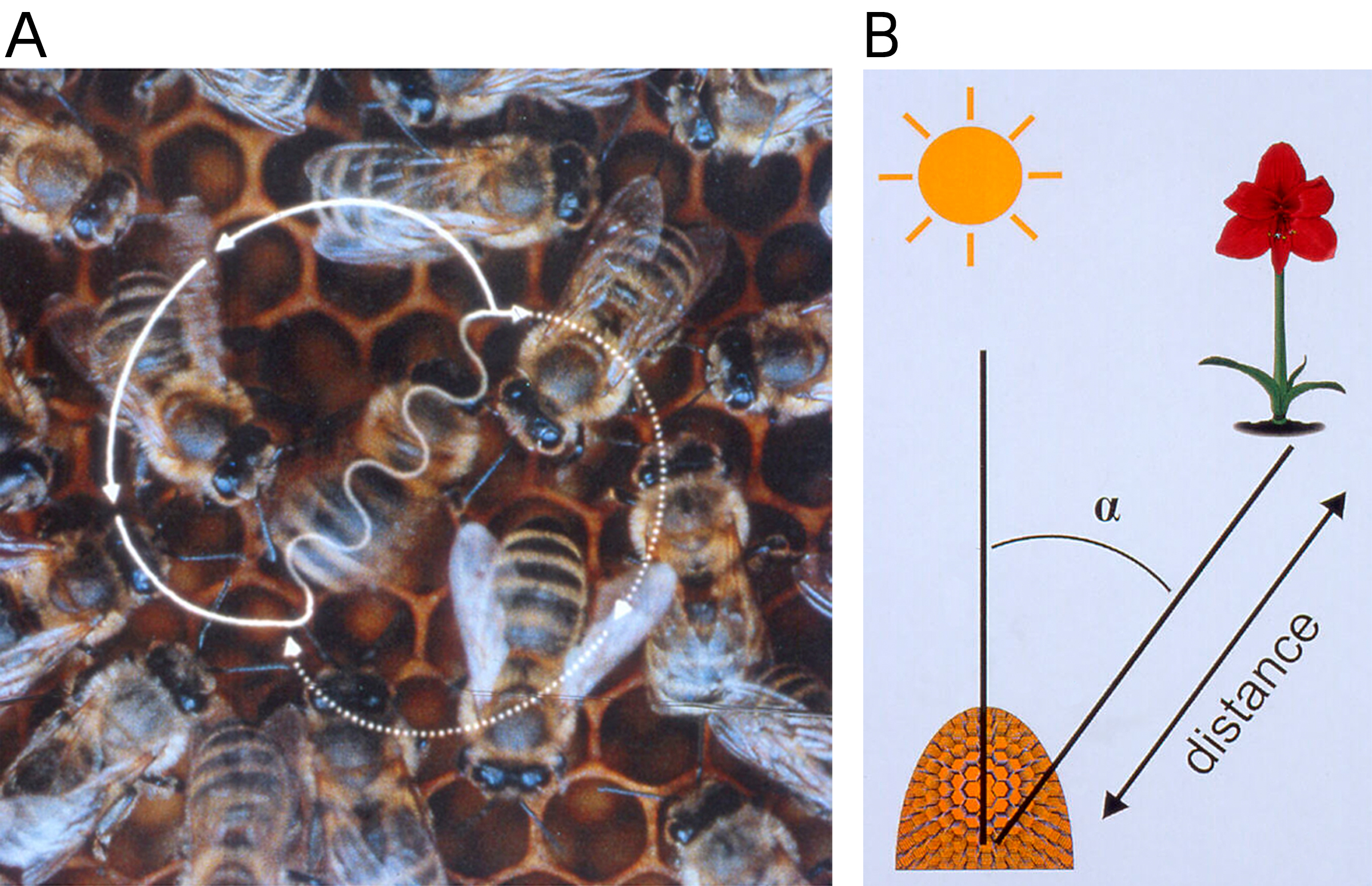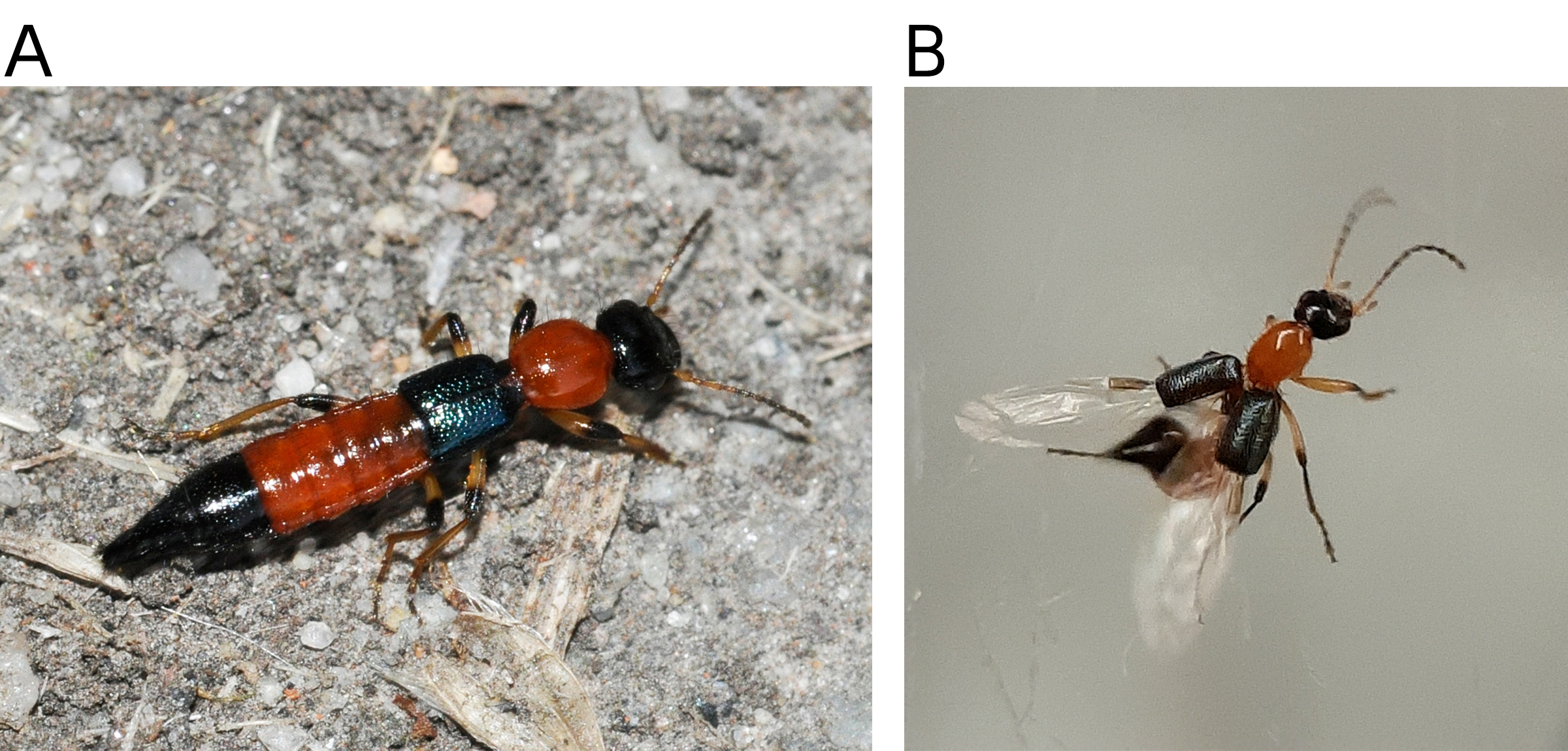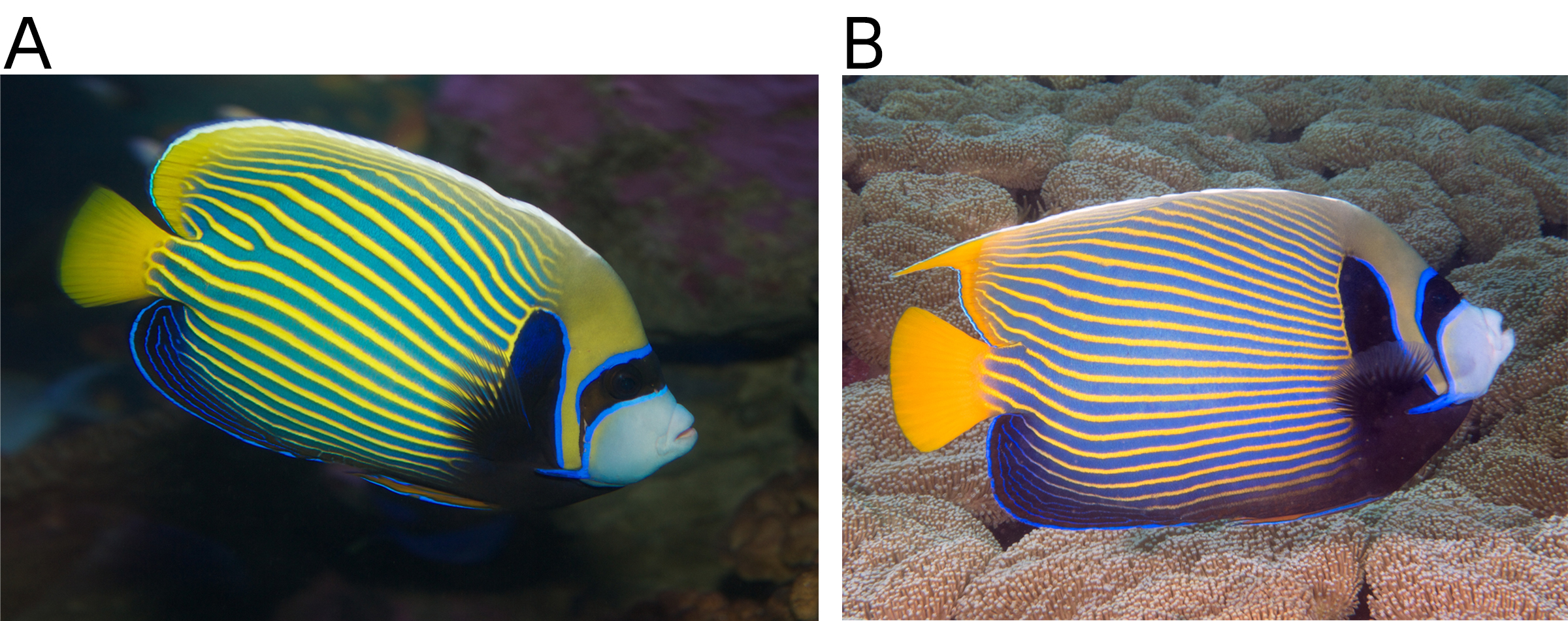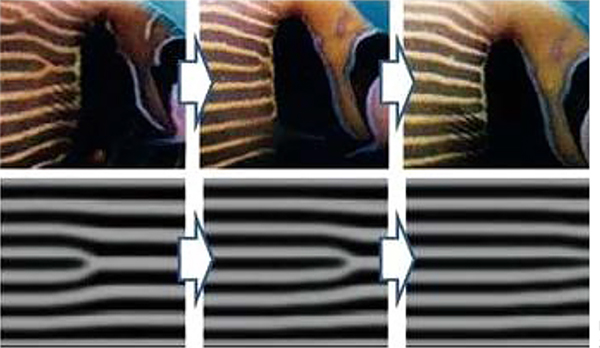Message from the Director-General

If you’ve found this page and started reading “this,” you or someone very close to you is probably considering graduate studies in the life sciences. Your enthusiasm and curiosity is wonderful. Our institute offers Ph.D. programs, and if you apply yourself diligently to your studies, you’ll be awarded a doctoral degree and reach the starting point of becoming a scientist. However, simply becoming a scientist means very little. What can you do as a scientist? That’s the real question. At this point, you might recall the names of great scientists from the past.
Einstein, Newton, Pasteur, Mendel – these are giants who made eternal scientific discoveries and left their mark on human history. Japan too has its notable Nobel Prize winners: Hideki Yukawa, Leo Esaki, and in the life sciences, Susumu Tonegawa, Shinya Yamanaka, Yoshinori Ohsumi, and Tasuku Honjo. If you’ve ever thought about becoming a scientist, you’ve probably dreamed of achieving something like they did. This is exactly the same as young baseball players looking up to Ohtani, or young soccer players admiring Messi or Ronaldo – it’s perfectly natural. And at the same time, you probably share the same concerns as those who seriously pursue baseball or soccer: do I really have the talent for this?
It’s easy to understand that Ohtani’s physical talents are exceptional, and that the possibility of an ordinary person achieving such performance is incredibly low. It’s understandable that many people give up pursuing that path. Similarly, people tend to think that major scientific achievements are only possible for incredibly brilliant geniuses. But that’s not quite right.
Certainly, for discoveries like unknown elementary particles or proving Fermat’s Last Theorem, one could say that only genuine geniuses need apply. However, I want to emphasize this point: “In life sciences specifically, you don’t need to be a genius to make important scientific discoveries and experience the joy of discovery.” Of course, I’m not talking about discoveries like “I found a dinosaur fossil!” which is more like winning the lottery. I mean genuine, important discoveries that will remain in the history of science. Why is this possible? Because there is an incredible variety in biological phenomena. In other words, interesting and important problems exist everywhere, in countless numbers. There are more of them than there are life scientists. This is in contrast to physics, where everything converges toward ultimate entities like molecules > atoms > elementary particles. Most biological phenomena still cannot be replicated by machines. In other words, we don’t fully “understand” them yet. They just happen naturally before our eyes, so most people don’t find them mysterious or try to solve their riddles. It’s truly a shame. And these problems, once someone notices them, can become important scientific discoveries even without genius-level intelligence.
Some might think this sounds too good to be true, so let me give some examples. First, Karl von Frisch’s discovery of the honeybee dance. As you may know, honeybees live by collecting nectar from flowers. When one worker bee discovers a good source of nectar, other bees quickly swarm to that location. This fact was common knowledge among beekeepers, and at the time, anyone with a bit of knowledge about insects knew this. But most of these people simply thought “that’s interesting” and left it at that. Unfortunately. However, Frisch alone thought about it: how did the first bee tell its companions where to find the nectar?
Bees can’t speak words. So, as a possibility, he figured it must be some kind of body language. Anyone would probably come to this conclusion. So Frisch marked the first bee that came to feed and observed its movements after it returned to the hive. It was an incredibly simple experiment that anyone could have thought of if they just had the awareness of the question. But actually, that was enough. Using this method, Frisch discovered that bees that found food performed a figure-eight walk in the hive (Figure 1A). Upon closer examination, he found that the direction of the figure-eight indicated the direction of the food, and the length of the walk showed the distance (Figure 1B). Other bees would follow this figure-eight dance to learn the location and distance of the food – a remarkable information transmission system. This revelation of insect “conversation” was such a groundbreaking discovery in biology that it earned Frisch a Nobel Prize. But think about it. While his insight was brilliant, doesn’t the reasoning and experimentation seem simple enough that anyone could have done it? It’s almost strange that no one had done it before.

Figure1:Honeybee Dance: Source: Waggle dance.png: (Figure design: J. Tautz and M. Kleinhenz, Beegroup Würzburg.), CC BY 2.5, via Wikimedia Commons
Some might say that while such things were possible in the past, it’s impossible now. So let me share a recent example. This was published in PNAS, a very high-level scientific journal. Rove beetles look like this (Figure 2A). Notice something unusual? Their wings are extremely small. Naturally, you might worry that such small wings couldn’t possibly allow flight. But don’t worry. What you can see are the forewings, and underneath them are larger hindwings folded away (Figure 2B). When flying, they expand these hindwings. That’s why they’re called “wing-folders” in Japanese.
However, think about this for a moment. Who folds and unfolds these wings, and how? Moreover, since they fly with the wings expanded, this means the wings don’t fold back when flapped during flight. And when they finish flying, they need to fold back up again without any help. Could such a special folding method really exist? It might be hard to imagine, but this method does exist. Under the rove beetle’s small forewings.

Figure2:(A) Rove Beetle: Source: Francisco Welter-Schultes, CC0, via Wikimedia Commons
(B) Rove Beetle with Extended Wings: Source: Jiaminglimjm, CC BY-SA 4.0, via Wikimedia Commons
At this point, wouldn’t human nature make you want to catch a rove beetle, spread its hindwings, and study how they fold? That’s exactly what Dr. Saito at the University of Tokyo did. He’s not a biologist but an engineer. I won’t explain the details of the folding pattern here (his paper is here), but this folding method can be applied to solar panels deployed in space, which has attracted significant attention.
What’s interesting, or rather mysterious, is that probably hundreds of millions of people worldwide knew about this characteristic of rove beetle wings (after all, their Japanese name means “wing-folder”). Yet, nobody had seriously studied how the hindwings fold. This shows how even when people see interesting phenomena, very few take that extra step forward. It’s truly a waste.
Finally, let me share my own experience. I found an emperor angelfish called Pomacanthus imperator at an aquarium (Sunshine Aquarium in Ikebukuro). There were two fish: a young one about 10 cm long with about a dozen stripes (Figure 3A), and a 25 cm grown fish with about 25 stripes (Figure 3B). The spacing between stripes was the same at 7-8 mm in both fish, remaining stable even as they grew. However, when you think about it, this is very puzzling. Since the fish’s body grows uniformly, the pattern should also expand, making the stripe spacing wider. Yet, only the pattern spacing doesn’t widen, and instead, the number of stripes increases. How is this possible?

図3:(A) Young Emperor Angelfish: Source: brian.gratwicke, CC BY 2.0, via Wikimedia Commons
(B) Adult Emperor Angelfish: Source: Rickard Zerpe, CC BY 2.0, via Wikimedia Commons
When I carefully observed the younger fish, I noticed irregularities in the stripes, with many bifurcations. The adult fish, however, had almost no bifurcations. This led me to think, “Could it change like this…?” (Figure 4). The bifurcations might move like a zipper, increasing the number of stripes while maintaining consistent spacing. If this were true, it would be incredibly interesting. It would mean the pattern isn’t fixed but “alive.” Once you come up with such an idea, how could you not test it? I bought a large saltwater tank and an angelfish with my own money and began observations at home. Six months later, I confirmed that the pattern changed exactly as predicted. Imagine the joy I felt when I made this discovery – like light flooding through my entire body. A significant discovery that no one else in the world had noticed was right there, only before my eyes. To put it dramatically (though perhaps I’m already being too dramatic), it felt almost like touching the god of creation.

図4:Comparison of Pattern Changes in Fish Simulation
Well, the above is what you might call bragging, so feel free to take it with a grain of salt. But please consider these: my “discovery” as well as discoveries of the honeybee dance and the rove beetle wings weren’t really that difficult, were they? Striped organisms can be seen everywhere – in zoos, aquariums, museums – and many animals undergo pattern changes similar to the emperor angelfish. If you observe them carefully, you can quickly notice that the number of stripes increases in proportion to body size, and smaller individuals have more stripe bifurcations. If you line up these observations, wouldn’t it be harder not to come up with the “zipper movement” idea?
Yet somehow, most people don’t notice this. Before I started my experiments, I asked several university professors specializing in fish biology, “The patterns might move like a zipper.” But they all responded, “That couldn’t possibly happen.” It reminded me that even scientists, when it comes to areas outside their specialty, can be as unaware as the general public.
What’s needed for scientific discovery? As shown above, since each step of the discovery process is simple, it’s clearly not about having the kind of intelligence that understands complex things. Whether we look at the bee dance, the rove beetle, or the angelfish, what was most necessary for discovery was curiosity and the imagination to go one step beyond just thinking “that’s interesting.” If we add one more thing, perhaps it’s having the expectation that many important phenomena in nature are waiting for your discovery.
Indeed, interesting problems are countless. The rove beetle’s wings contain technology applicable in space, and the angelfish’s patterns reveal principles common to biological patterns. By the way, there are said to be over a million species of living things. Having survived fierce competition for survival, each must have some kind of special technique hidden away. In contrast, the number of biologists probably doesn’t even reach a million. Moreover, most are too busy with existing problems to have the luxury of searching for new ones. How about that? Doesn’t it make you excited to feel like you’re surrounded by a mountain of undiscovered treasures?
Becoming a scientist means making it your job to dig up these treasures. While being intelligent is certainly beneficial, as mentioned above, curiosity and imagination are more important. Therefore, if you believe you have these qualities, I think it’s well worth trying. We, the staff at the National Institute of Genetics, will do our utmost to help realize your excitement. Please consider applying to our graduate program.
KONDO, Shigeru
Director-General, National Institute of Genetics

If you’ve found this page and started reading “this,” you or someone very close to you is probably considering graduate studies in the life sciences. Your enthusiasm and curiosity is wonderful. Our institute offers Ph.D. programs, and if you apply yourself diligently to your studies, you’ll be awarded a doctoral degree and reach the starting point of becoming a scientist. However, simply becoming a scientist means very little. What can you do as a scientist? That’s the real question. At this point, you might recall the names of great scientists from the past.
Einstein, Newton, Pasteur, Mendel – these are giants who made eternal scientific discoveries and left their mark on human history. Japan too has its notable Nobel Prize winners: Hideki Yukawa, Leo Esaki, and in the life sciences, Susumu Tonegawa, Shinya Yamanaka, Yoshinori Ohsumi, and Tasuku Honjo. If you’ve ever thought about becoming a scientist, you’ve probably dreamed of achieving something like they did. This is exactly the same as young baseball players looking up to Ohtani, or young soccer players admiring Messi or Ronaldo – it’s perfectly natural. And at the same time, you probably share the same concerns as those who seriously pursue baseball or soccer: do I really have the talent for this?
It’s easy to understand that Ohtani’s physical talents are exceptional, and that the possibility of an ordinary person achieving such performance is incredibly low. It’s understandable that many people give up pursuing that path. Similarly, people tend to think that major scientific achievements are only possible for incredibly brilliant geniuses. But that’s not quite right.
Certainly, for discoveries like unknown elementary particles or proving Fermat’s Last Theorem, one could say that only genuine geniuses need apply. However, I want to emphasize this point: “In life sciences specifically, you don’t need to be a genius to make important scientific discoveries and experience the joy of discovery.” Of course, I’m not talking about discoveries like “I found a dinosaur fossil!” which is more like winning the lottery. I mean genuine, important discoveries that will remain in the history of science. Why is this possible? Because there is an incredible variety in biological phenomena. In other words, interesting and important problems exist everywhere, in countless numbers. There are more of them than there are life scientists. This is in contrast to physics, where everything converges toward ultimate entities like molecules > atoms > elementary particles. Most biological phenomena still cannot be replicated by machines. In other words, we don’t fully “understand” them yet. They just happen naturally before our eyes, so most people don’t find them mysterious or try to solve their riddles. It’s truly a shame. And these problems, once someone notices them, can become important scientific discoveries even without genius-level intelligence.
Some might think this sounds too good to be true, so let me give some examples. First, Karl von Frisch’s discovery of the honeybee dance. As you may know, honeybees live by collecting nectar from flowers. When one worker bee discovers a good source of nectar, other bees quickly swarm to that location. This fact was common knowledge among beekeepers, and at the time, anyone with a bit of knowledge about insects knew this. But most of these people simply thought “that’s interesting” and left it at that. Unfortunately. However, Frisch alone thought about it: how did the first bee tell its companions where to find the nectar?
Bees can’t speak words. So, as a possibility, he figured it must be some kind of body language. Anyone would probably come to this conclusion. So Frisch marked the first bee that came to feed and observed its movements after it returned to the hive. It was an incredibly simple experiment that anyone could have thought of if they just had the awareness of the question. But actually, that was enough. Using this method, Frisch discovered that bees that found food performed a figure-eight walk in the hive (Figure 1A). Upon closer examination, he found that the direction of the figure-eight indicated the direction of the food, and the length of the walk showed the distance (Figure 1B). Other bees would follow this figure-eight dance to learn the location and distance of the food – a remarkable information transmission system. This revelation of insect “conversation” was such a groundbreaking discovery in biology that it earned Frisch a Nobel Prize. But think about it. While his insight was brilliant, doesn’t the reasoning and experimentation seem simple enough that anyone could have done it? It’s almost strange that no one had done it before.

Figure1:Honeybee Dance: Source: Waggle dance.png: (Figure design: J. Tautz and M. Kleinhenz, Beegroup Würzburg.), CC BY 2.5, via Wikimedia Commons
Some might say that while such things were possible in the past, it’s impossible now. So let me share a recent example. This was published in PNAS, a very high-level scientific journal. Rove beetles look like this (Figure 2A). Notice something unusual? Their wings are extremely small. Naturally, you might worry that such small wings couldn’t possibly allow flight. But don’t worry. What you can see are the forewings, and underneath them are larger hindwings folded away (Figure 2B). When flying, they expand these hindwings. That’s why they’re called “wing-folders” in Japanese.
However, think about this for a moment. Who folds and unfolds these wings, and how? Moreover, since they fly with the wings expanded, this means the wings don’t fold back when flapped during flight. And when they finish flying, they need to fold back up again without any help. Could such a special folding method really exist? It might be hard to imagine, but this method does exist. Under the rove beetle’s small forewings.

Figure2:(A) Rove Beetle: Source: Francisco Welter-Schultes, CC0, via Wikimedia Commons
(B) Rove Beetle with Extended Wings: Source: Jiaminglimjm, CC BY-SA 4.0, via Wikimedia Commons
At this point, wouldn’t human nature make you want to catch a rove beetle, spread its hindwings, and study how they fold? That’s exactly what Dr. Saito at the University of Tokyo did. He’s not a biologist but an engineer. I won’t explain the details of the folding pattern here (his paper is here), but this folding method can be applied to solar panels deployed in space, which has attracted significant attention.
What’s interesting, or rather mysterious, is that probably hundreds of millions of people worldwide knew about this characteristic of rove beetle wings (after all, their Japanese name means “wing-folder”). Yet, nobody had seriously studied how the hindwings fold. This shows how even when people see interesting phenomena, very few take that extra step forward. It’s truly a waste.
Finally, let me share my own experience. I found an emperor angelfish called Pomacanthus imperator at an aquarium (Sunshine Aquarium in Ikebukuro). There were two fish: a young one about 10 cm long with about a dozen stripes (Figure 3A), and a 25 cm grown fish with about 25 stripes (Figure 3B). The spacing between stripes was the same at 7-8 mm in both fish, remaining stable even as they grew. However, when you think about it, this is very puzzling. Since the fish’s body grows uniformly, the pattern should also expand, making the stripe spacing wider. Yet, only the pattern spacing doesn’t widen, and instead, the number of stripes increases. How is this possible?

図3:(A) Young Emperor Angelfish: Source: brian.gratwicke, CC BY 2.0, via Wikimedia Commons
(B) Adult Emperor Angelfish: Source: Rickard Zerpe, CC BY 2.0, via Wikimedia Commons
When I carefully observed the younger fish, I noticed irregularities in the stripes, with many bifurcations. The adult fish, however, had almost no bifurcations. This led me to think, “Could it change like this…?” (Figure 4). The bifurcations might move like a zipper, increasing the number of stripes while maintaining consistent spacing. If this were true, it would be incredibly interesting. It would mean the pattern isn’t fixed but “alive.” Once you come up with such an idea, how could you not test it? I bought a large saltwater tank and an angelfish with my own money and began observations at home. Six months later, I confirmed that the pattern changed exactly as predicted. Imagine the joy I felt when I made this discovery – like light flooding through my entire body. A significant discovery that no one else in the world had noticed was right there, only before my eyes. To put it dramatically (though perhaps I’m already being too dramatic), it felt almost like touching the god of creation.

図4:Comparison of Pattern Changes in Fish Simulation
Well, the above is what you might call bragging, so feel free to take it with a grain of salt. But please consider these: my “discovery” as well as discoveries of the honeybee dance and the rove beetle wings weren’t really that difficult, were they? Striped organisms can be seen everywhere – in zoos, aquariums, museums – and many animals undergo pattern changes similar to the emperor angelfish. If you observe them carefully, you can quickly notice that the number of stripes increases in proportion to body size, and smaller individuals have more stripe bifurcations. If you line up these observations, wouldn’t it be harder not to come up with the “zipper movement” idea?
Yet somehow, most people don’t notice this. Before I started my experiments, I asked several university professors specializing in fish biology, “The patterns might move like a zipper.” But they all responded, “That couldn’t possibly happen.” It reminded me that even scientists, when it comes to areas outside their specialty, can be as unaware as the general public.
What’s needed for scientific discovery? As shown above, since each step of the discovery process is simple, it’s clearly not about having the kind of intelligence that understands complex things. Whether we look at the bee dance, the rove beetle, or the angelfish, what was most necessary for discovery was curiosity and the imagination to go one step beyond just thinking “that’s interesting.” If we add one more thing, perhaps it’s having the expectation that many important phenomena in nature are waiting for your discovery.
Indeed, interesting problems are countless. The rove beetle’s wings contain technology applicable in space, and the angelfish’s patterns reveal principles common to biological patterns. By the way, there are said to be over a million species of living things. Having survived fierce competition for survival, each must have some kind of special technique hidden away. In contrast, the number of biologists probably doesn’t even reach a million. Moreover, most are too busy with existing problems to have the luxury of searching for new ones. How about that? Doesn’t it make you excited to feel like you’re surrounded by a mountain of undiscovered treasures?
Becoming a scientist means making it your job to dig up these treasures. While being intelligent is certainly beneficial, as mentioned above, curiosity and imagination are more important. Therefore, if you believe you have these qualities, I think it’s well worth trying. We, the staff at the National Institute of Genetics, will do our utmost to help realize your excitement. Please consider applying to our graduate program.
KONDO, Shigeru
Director-General, National Institute of Genetics















